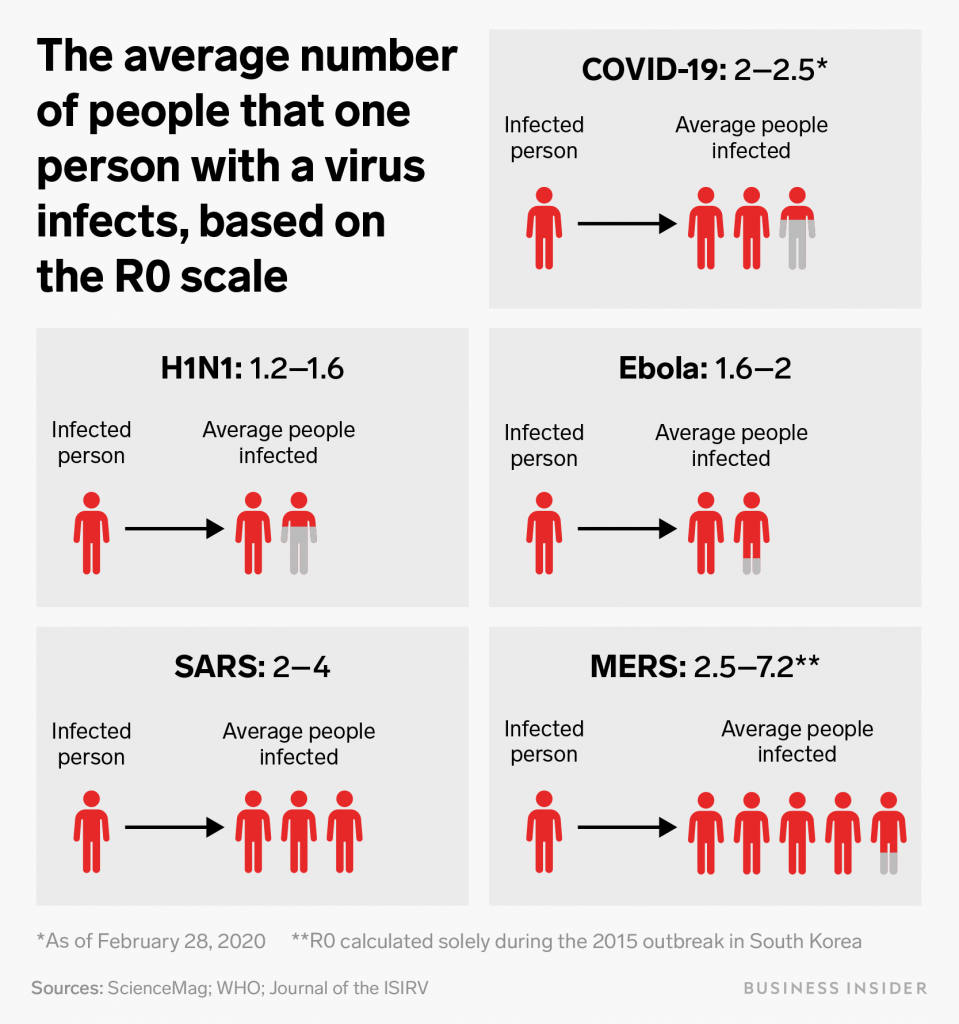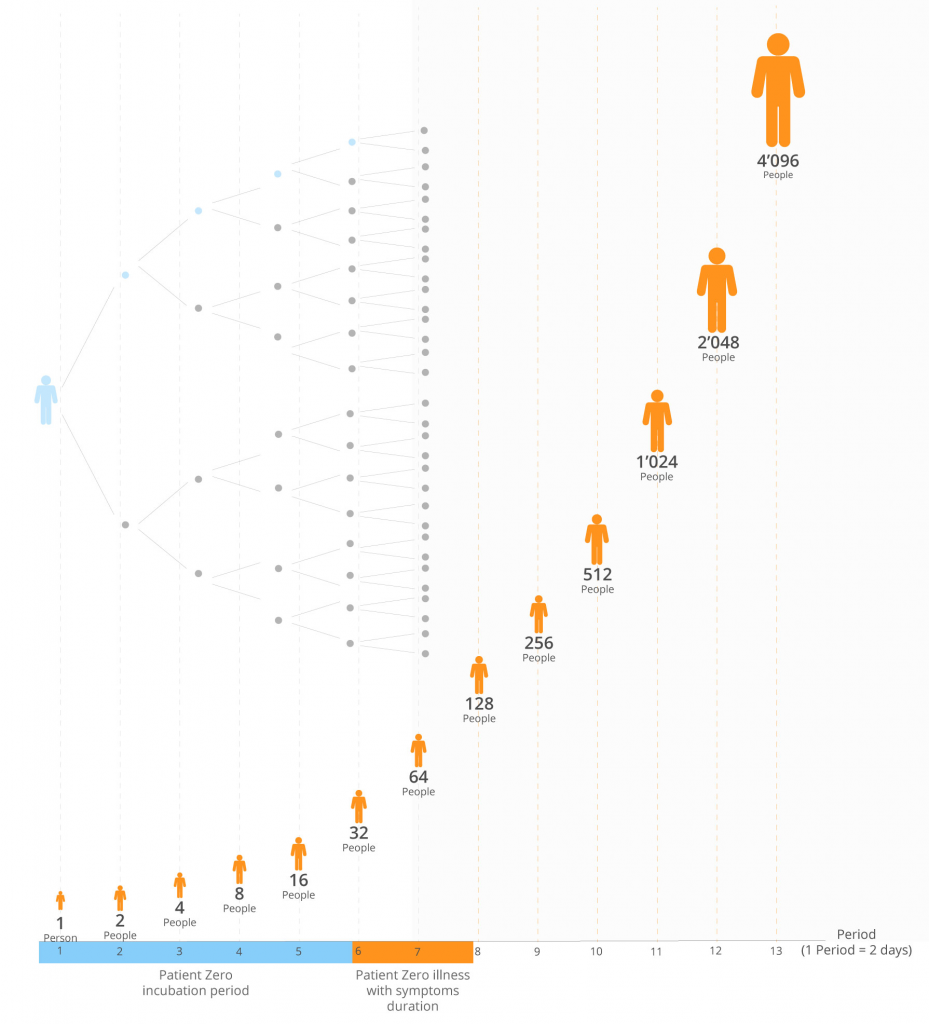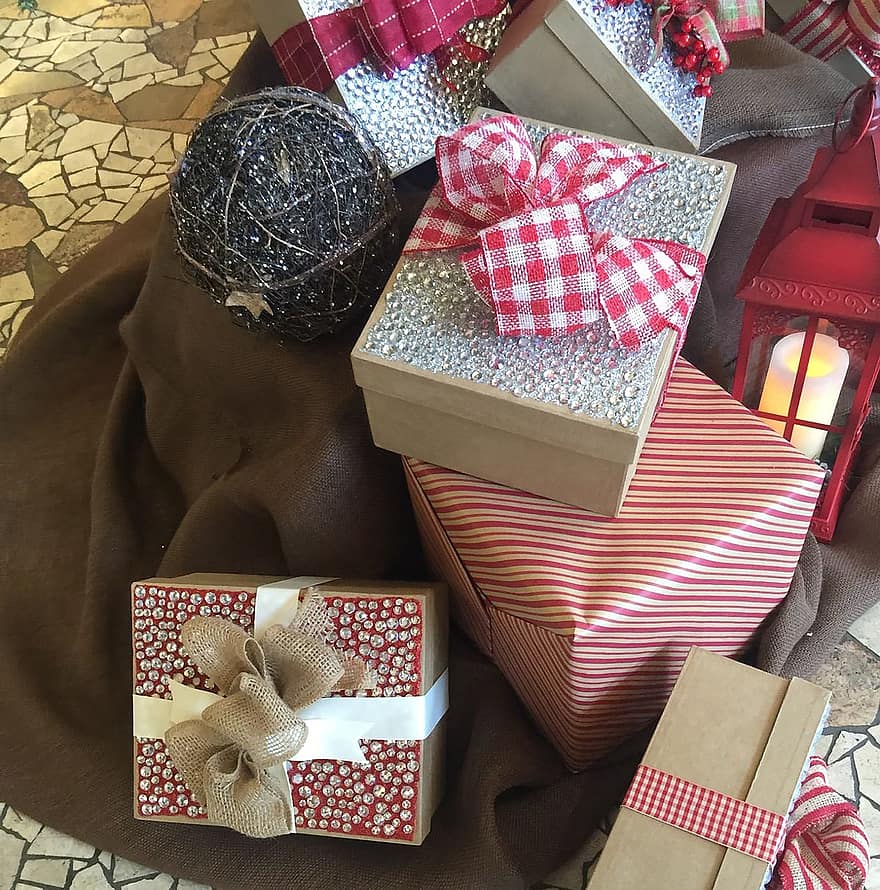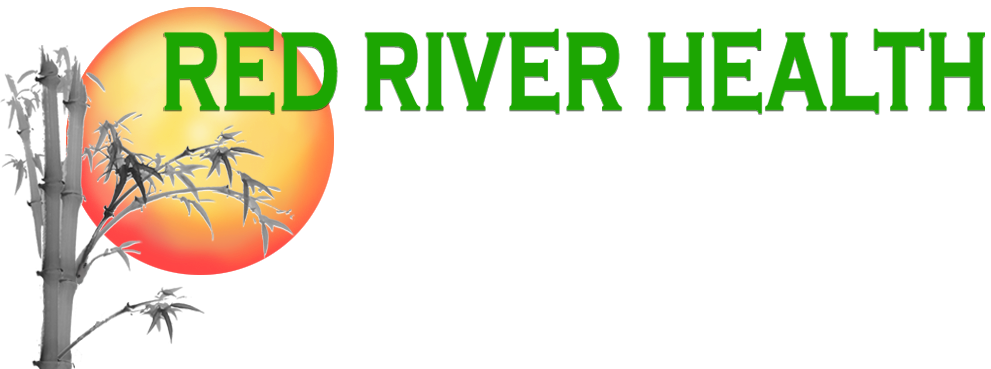Robert Angotti, Lic. Ac. Herbalist
Many people really look forward to this time of year. There is a reason our ancestors started bringing trees into the home and placing lights around them during these darkest days before the solstice. Our souls call for life and light in this season. This is the time of year we need hope, companionship, comfort, and rest. And this year, we need it more than ever.
The reports on vaccines are promising. First line medical staff should be getting doses soon. Following that, we should be able to start providing vaccines for the most vulnerable. By late spring, we should see a steady administration of vaccines for the general population and with that a return to more familiar patterns of socialization by summer. I can address this later, but if you are wondering how I feel about the vaccine, let me summarize it this way. The experts I trust believe it is safe, and they believe it is the quickest way to end the death, illness and economic destabilization.
Tough Days Ahead
Nevertheless, the indications for the next two months are concerning. Heading into the Thanksgiving weekend, our local population was breaking global records. North Dakota registered with the highest per capita rate of infection at any point and in any location on the planet since the start of the pandemic. If 10 people gathered for Thanksgiving in the state, statistically speaking, one of those people would have been infected. Although public health officials were trying to encourage citizens to stay home for the holiday, numerous families didn’t get that message, or, they choose to ignore it. Over the next three weeks, we will start to measure the results of those choices in positive case increases. Weeks after that we will measure those choices in lost lives.
I have the pleasure of communicating with a local doctor working at an area hospital. Her rural location is overrun with cases. Our local Sanford hospital is too overwhelmed to take them. Many patients will simply not be given access to medical care because we don’t have the space or the staff. We need to be clear about what that means. We need to be honest with ourselves about our choices. People have been choosing their individual freedom over choosing to save lives. Is this who have we become?
The doctor added the following. “I have really done a lot of soul searching lately. Because I may be sacrificing my life and our family’s well-being for people who can’t even bother to try.”
The Circle of Spread and a Long Feedback Loop
I have been trying to find ways of explaining just how this virus uses our desire to be social as an advantage. Somehow, I am stupified by the fact that nearly 300,000 deaths have not managed to change our behavior.
There are a couple critical facts regarding spread that may bear revisiting. I have found two diagrams to help communicate some of the basic, important facts.


We know this virus spreads when we gather but the virus also prevents us from getting direct feedback on our role in its spread. The long incubation period has undermined our ability to witness the spread directly within our own lives.
Thinking differently
Let’s do a thought experiment. Imagine that the moment you were infected you suddenly had labored breathing. In this imaginary scenario, the only difference between this virus and coronavirus is that the onset of symptoms is immediate for those that will have symptoms. Rather than taking up to 10 days for the onset of symptoms, those who do experience symptoms will have those symptoms immediately; thus they will know right away that they have contracted the disease, Meanwhile asymptomatic carriers would still be oblivious to their condition as is the case with coronavirus.
Now, let’s also imagine that the death rate from this hypothetical virus is identical to COVID, and that the infection rate (charts above) is also the same as COVID. In other words, in the case of this imaginary virus, you have the same likelihood of infecting people and the same likelihood of dying from an infection as we do now with COVID. Moreover you have the same number of asymptomatic carriers. The only difference is that, if you are a person who has symptoms, you immediately know when you are infected because the symptoms show up the minute the virus takes hold in your body.
In this scenario everyone would have the ability to know with a much greater level of certainty who is an actual carrier. Anytime you would be in the company of others, there would be a chance of witnessing someone getting infected. Many people would end up having direct first hand experience of the spread.
Having firsthand experience would dramatically alter behavior. Seeing the spread actually occur would change our relationship with socialization. Any time we witnessed someone becoming sick we would be concerned that we might be responsible, or that we might be on the verge of sickness. Imagine how that would change our behavior. We would go out less and we would be much more willing to use inhibitory measures such as masks if we had to go out.
In this scenario you can imagine how having direct experience with transmission of the virus would effect spread. People who witnessed transmission episodes would be telling others. The experiences and the story of the experiences would be vivid reminders of our vulnerability and the contagious character of the virus. In this scenario, the spread is more apparent, evident, and obvious. We wouldn’t need to try and imagine what it might look like because we would either see it directly or we would see it through others’ eyes. We wouldn’t be as dependent on trusting experts or politicians to tell us the risks because the risks would be more apparent. In a culture like ours where the perception of independent freedom is paramount this subtle difference would likely save tens of thousands of lives.
A Failure of Imagination
I genuinely think that if people are given the right information, they generally make the most ethical choice. The problem with COVID is that it has successfully hidden that information from us.
One of the great challenges with this virus is that it is hard to see. Few of us know someone who has died from it or even become quite ill from it. Most of us would be able to survive it, and many of us will have no direct feedback of the threat it poses. The only effect COVID has had on most of us is personal inconvenience. However, for our medical personal working long days back to back, witnessing the most serious cases, the effect is much more apparent.
We are on our way to seeing 500,000 people die from COVID within a year. The only path to lowering that number is by taking individual responsibility in slowing the spread. To achieve this we will need to begin imagining the celebration of Christmas and other gatherings differently.

New Christmas Traditions
We are a creative species. Even though we need to separate ourselves from loved ones, that doesn’t mean we need to stop practicing how we love them. The truth is, trying to find creative ways of connecting may lead to some of the more genuine moments of connection with loved ones in years.
Here are some “off the cuff” ideas for alternatives to Holiday gatherings.
- Write a letter. Pick a loved one and share your thoughts with them. Letters are a dying art and we need to return to long forms of communication. Tweets, tags and texts just don’t seem to be capturing all the varied texture of life. Truth and meaning seem to exist much more often between the black and white of life. Short forms communication seem to be enabling some of our more rash communication instincts.
- Send some food. Make your favorite holiday treat and drop some off or ship some to family. Save some for yourself and then make a plan to enjoy it at the same time while talking over the phone or through Zoom. (I do not have an advertising contract with Zoom by the way, I just don’t know if other forms of video gathering yet.)
- Make a video. Zoom can be glitchy and sometimes awkward. With large groups it can inhibit spontaneity and sincerity (there goes my potential advertising contract with Zoom). Recorded video is a great way to express yourself creatively and it gives the viewer a chance to watch it in their own time. Christmas carols, poetry readings, dance are just a few potentially rich video opportunities.
- Record an interview. I have always wished I had some recordings of the elders in my family to share with the younger generation. Think of a list of questions you might have for grandma or grandpa and record the conversation. What is your first Christmas memory Grandpa?
- Share artwork. Some of us love to talk, but others us prefer different forms of communication. Spending some time with expression through artwork could be therapeutic for you and inspirational for others.
- Play Zoom games. The article does the talking for me here.
- Meaningful conversations. As long as I can remember there has been a pop culture admonishment about family gatherings. “Avoid conversations about politics or religion.” What I find interesting about this social rule, however, is that these are the two areas of our lives where our most sincere values are oriented. If we cant find ways to talk about difficult things, our relationships won’t have the opportunity to become more-than-superficial. And if we settle for safe but surface-level relationships, how will we find the collective courage to face the challenges of our times? I have been working on a template for meaningful, civil conversations. I am calling the template, “America, we need to talk.” It may be pretty pie in the sky thinking but I’m hoping the Christmas spirit can help! Have a merry Christmas.




